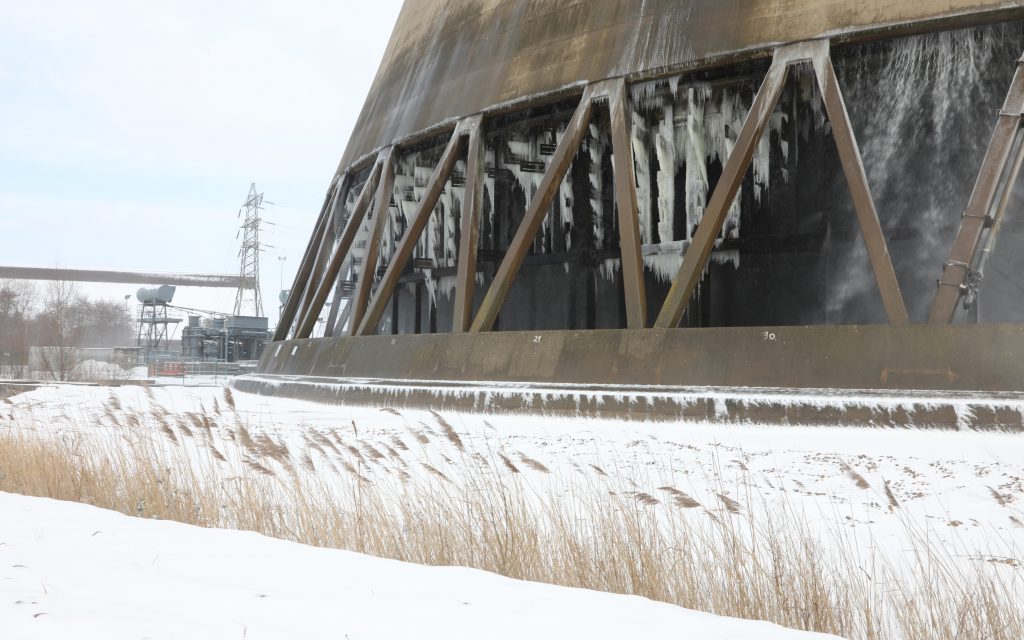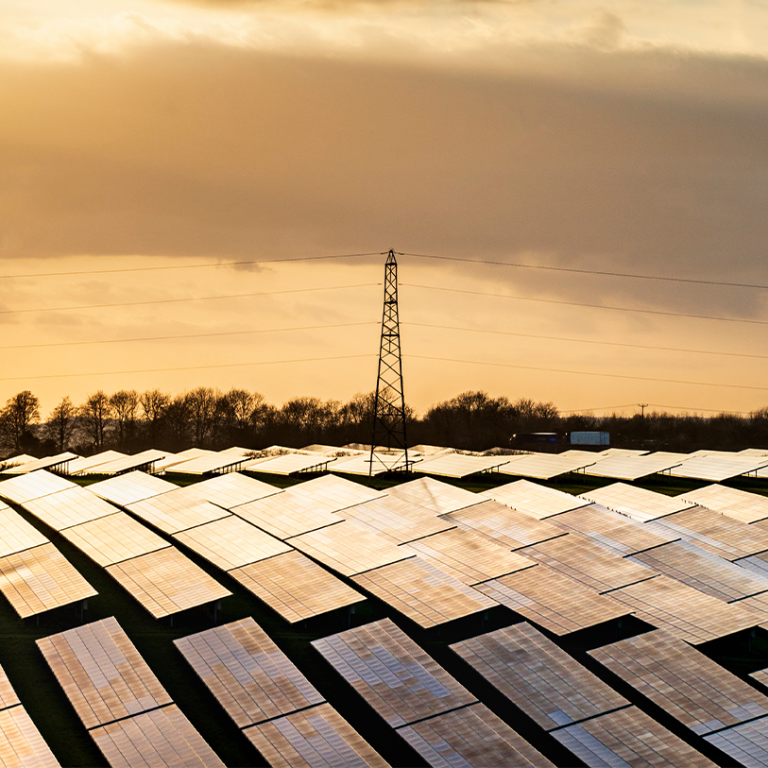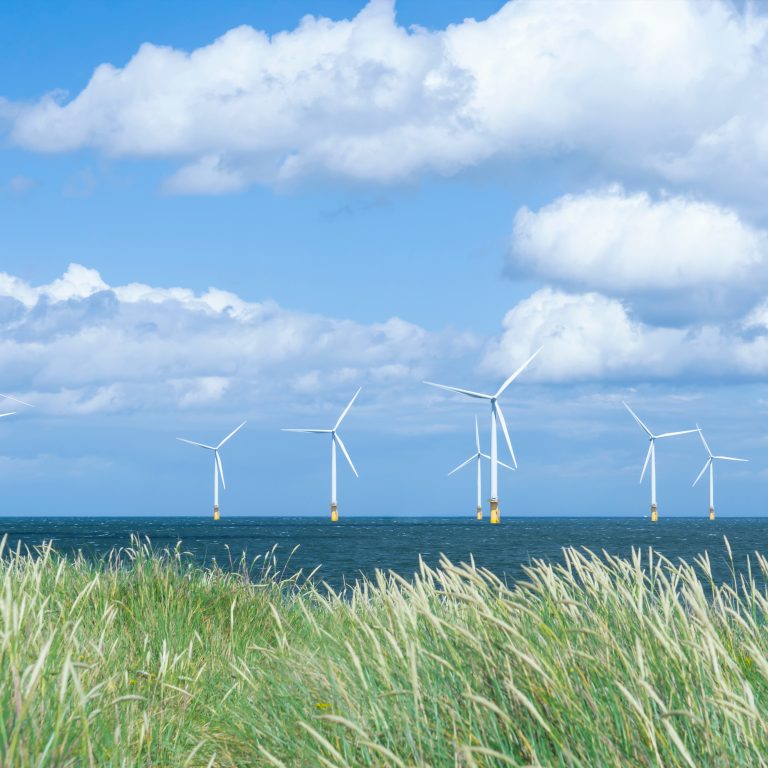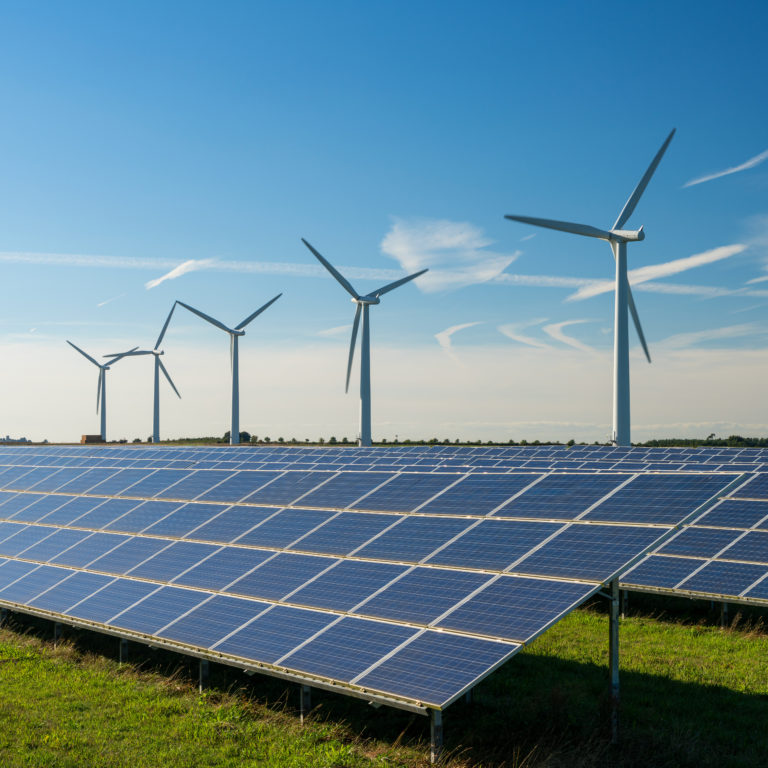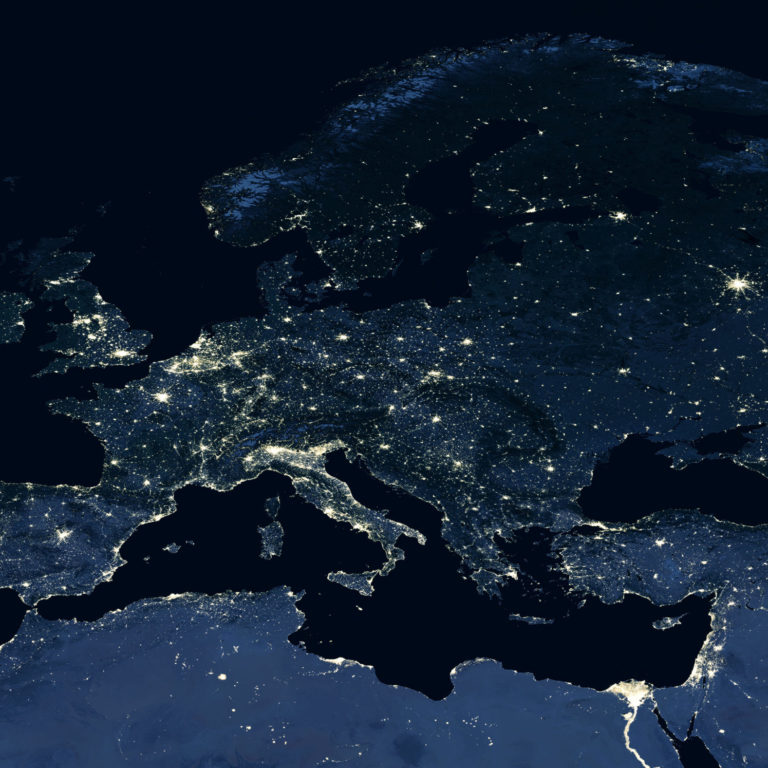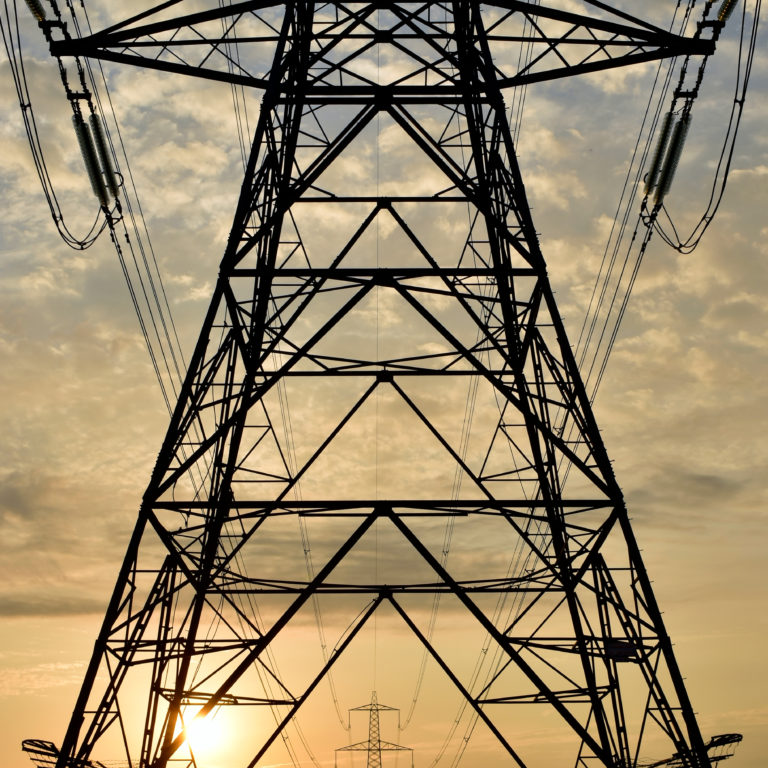How reliable is Great Britain’s electricity system? Across the country electricity is accessible and safe to use for just about everyone, every day. Wide-scale blackouts are very rare, but they do happen.
On 9 August 2019 a power cut saw more than 1 million people and services lose power for just under an hour. It was the first large-scale blackout since 2013. Although this proves the network is not infallible, the fact it was such an outlier in the normal performance of the grid highlights its otherwise exemplary stability and reliability.
But what is it exactly that makes an electricity system stable and reliable?
At its core, system stability comes down to two key factors: a country or region’s ability to generate enough electricity, and its ability to then transport it through a transmission system to where it’s needed.
When everything is running smoothly an electricity system is described as being ‘balanced’. In this state supply meets demand exactly and all necessary conditions – such as voltage and frequency – are right for the safe and efficient transport of electricity. Any slight deviation or mismatch across any of these factors can cause power stations or infrastructure to trip and cut off power.
A recent report by Electric Insights identified the countries around the world with most reliable power systems, in which the UK was fourth. It offers an insight into what factors contribute to building a stable system, as well as those that hold some countries back.
Generation and reliable infrastructure
According to the report, France has the most reliable electricity system of any country with a population of more than five million people, having gone a decade without a power outage. One reason for this is the country’s fleet of 58 state-controlled nuclear power stations which generate huge amounts of consistent baseload power.
In 2017 nuclear power made up more than 70% of France’s electricity generation while hydropower accounted for another 10% of the 475 Terawatt hours (TWh) consumed across the county that year.

Penly Nuclear Power Station near Dieppe, France.
Now, as its nuclear stations age, France is increasing its renewable power generation. As these sources are often weather dependent, imports from and exports to its neighbours are expected to become a more important part of keeping the French network stable at times when there is little sunlight or wind – or too much.
Importing and exporting electricity is also key to Switzerland’s power system (third most reliable network on the list), with 41 border-crossing power lines allowing the country to serve as a crossroads for power flowing between Italy and Germany. It means its total imports and exports can often exceed electricity production within the country.
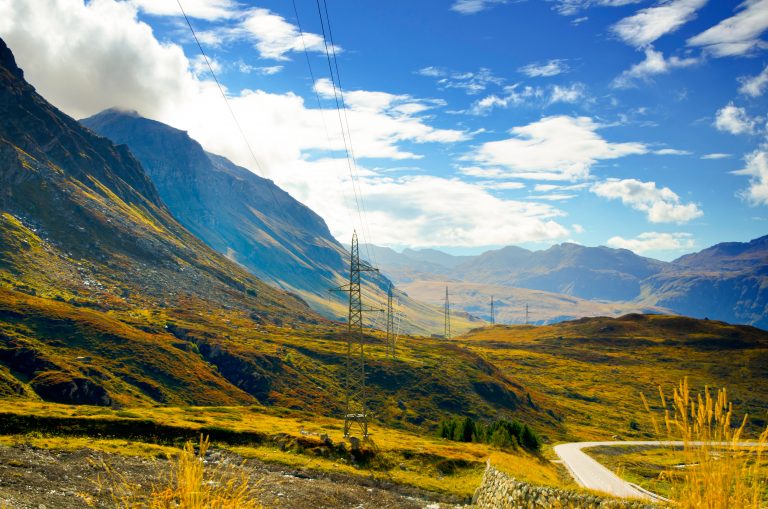
Electricity pylons in Switzerland.
Switzerland’s mountainous landscape also means ensuring a reliable electricity system requires a carefully maintained transmissions system. The Swiss grid is 6,700 kilometres long and uses 40,000 hi-tech metering points along it to record and process around 10,000 data points in seconds.
The key to the stability of South Korea – the second most stable network on the list – is also its imports, but rather than actual megawatts it comes in the form of oil, gas and coal. The country is the world’s fourth biggest coal importer and its coal power stations account for 42% of its total generation.

Seoul, South Korea.
However, in the face of urban smog issues and global decarbonisation goals it is pursuing a switch to renewables. This can come with repercussions to stability, so South Korea is also investing in transmission infrastructure, including a new interconnector from the east of the country to Seoul, its main source of electricity consumption.
It highlights that if decarbonisation is going to accelerate at the pace needed to meet Paris Agreement targets, then many of the world’s most stable and reliable electricity systems need to go through significant change. Balance will be needed between meeting decarbonisation targets with overall system stability.
However, there are many countries around the world that focus less on ensuring consistent stability through decarbonisation and are instead more focused on how to achieve stability in the first place.
Stalling generation
The Democratic Republic of Congo is the eleventh-largest country on earth. It is rich with minerals and resources, yet it is the least electrified nation. Just 9% of people have access to power (in rural areas that number drops to just 1%) and the country suffers blackouts more than once a month as a result of ‘load shedding’, when there isn’t enough power to meet demand so parts of the grid are deliberately shut down to prevent the entire system failing.
Currently, the country has just 2.7 GW of installed electricity capacity, 2.5 GW of which comes from hydropower. The country’s Inga dam facility on the Congo river has the potential to generate more electricity than any other single source of power on the planet (it’s thought the proposed Grand Inga site could produce as much as 40 GW, twice that of China’s Three Gorges Dam) and provide electricity to a massive part of southern Africa. A legacy of political instability in the country, however, has so far made securing financing difficult.
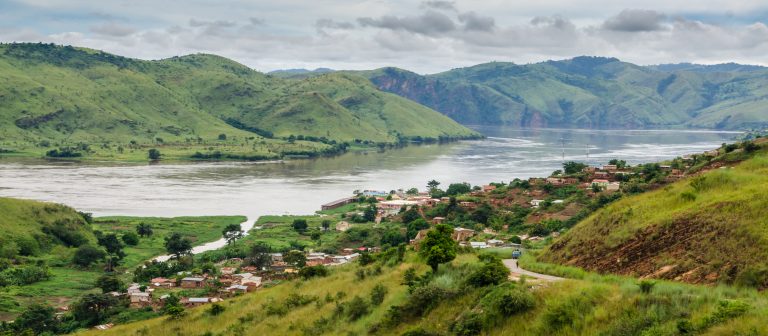
Congo River, Democratic Republic of Congo.
Nigeria is one of the world’s fastest growing economies, and with that comes rapidly rising demand for electricity. However, just 45% of the country is currently electrified, and of these areas, many still suffer outages at least once a month. The country has 12.5 GW of installed capacity, most of which comes from thermal gas stations, but technical problems in power stations and infrastructure, mean it is often only capable of generating as much as 5 GW to transmit on to end consumers.
This limited production capability means it often fails to meet demand, resulting in outages. The problem has been prolonged by struggling utility companies that are unable to make the investments needed to stabilise electricity supply.
Keen to resolve what it has referenced as an ‘energy supply crisis’, the Nigerian government recently secured a $1 billion credit line from the World Bank to improve access to electricity across the country.
The investment will focus in part on securing the transmission system from theft, thus allowing the private utility companies to generate the revenue needed to improve generation.
Transmission holding back emerging systems
Balancing transmissions systems is a crucial part of stable electricity networks. Maintaining a steady frequency that delivers safe, usable electricity into homes and businesses is at the crux of reliability. Even countries that can generate enough electricity are held back if they can’t efficiently get the electricity to where it is needed.
Brazil has an abundance of hydropower installed. Its 97 GW of hydro accounts for more than 70% of the country’s electricity mix. However, the country’s dams are largely concentrated around the Amazon basin in the North West, whereas demand comes from cities in the south and eastern coastline. Transporting electricity across long distances between generator and consumer makes it difficult to maintain the correct voltage and frequency needed to keep a stable and reliable flow of electricity. As a result, Brazil suffers a blackout every one-to-three months.
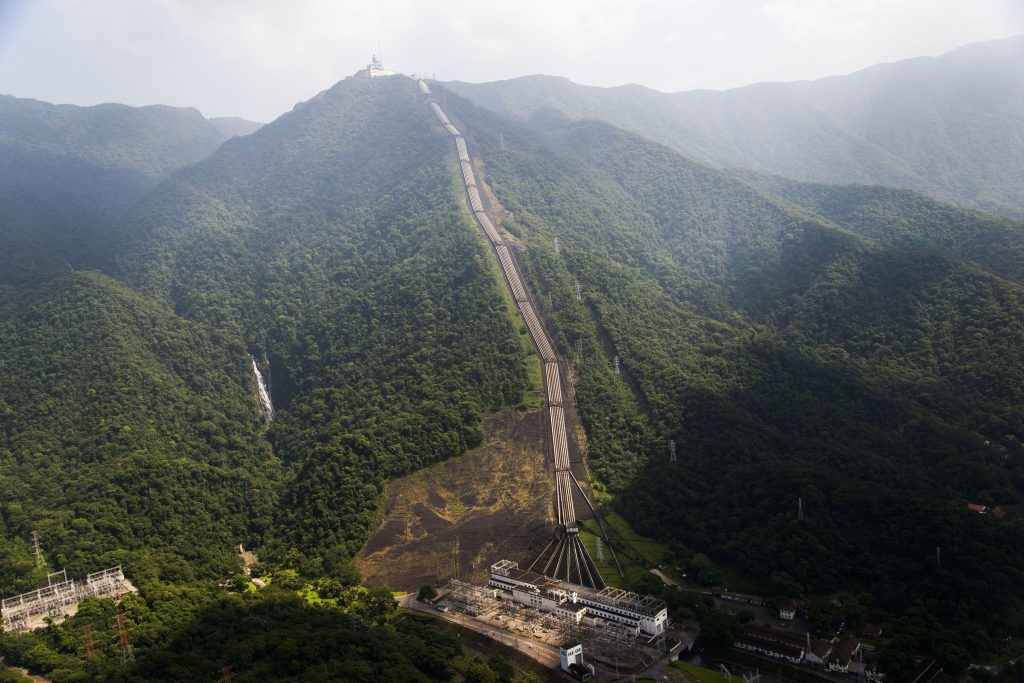
Hydropower plant Henry Borden in the Serra do Mar, Brazil.
The country is tackling its transmissions problems by diversifying its electricity mix to include greater levels of solar and wind off its east coast – closer to many of its major cities. The country has also looked to new technology for solutions.
At the start of the decade as much as 8% of all electricity being generated in Brazil was being stolen, reaching as high as 40% in some areas. These illegal hookups both damage infrastructure, making it less reliable, as well as blur the true demand, making grid management challenging.
Brazil has since deployed smart meters to measure electricity’s journey from power stations to end users more accurately, allowing operators to spot anomalies sooner. Electricity theft is a major problem in many developing regions, with as much as $10 billion worth of power lost each year in India, which suffers blackouts as often as Brazil.
It highlights that even when there is generation to meet demand, maintaining stability at a large scale requires constant attention and innovation as new challenges arise.
This looks different around the world. Some countries might face challenges in shifting from stable thermal-based systems to renewables, others are attempting to build stability into newly connected networks. But no matter where in the world electricity is being used, ensuring reliability is an ever-ongoing task.
Electric Insights is commissioned by Drax and delivered by a team of independent academics from Imperial College London, facilitated by the college’s consultancy company – Imperial Consultants. The quarterly report analyses raw data made publicly available by National Grid and Elexon, which run the electricity and balancing market respectively, and Sheffield Solar. Read the full Q3 2019 Electric Insights report or download the PDF version.








